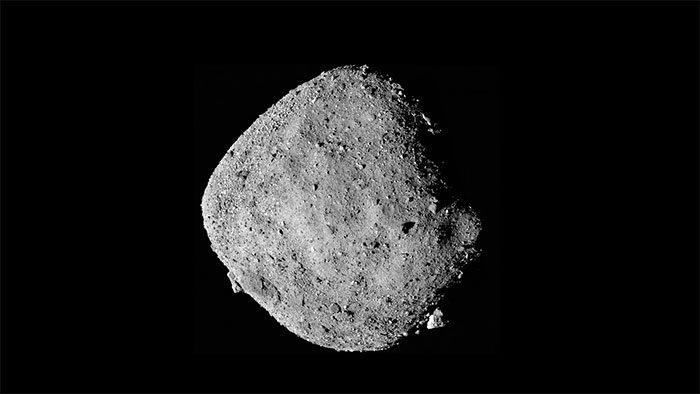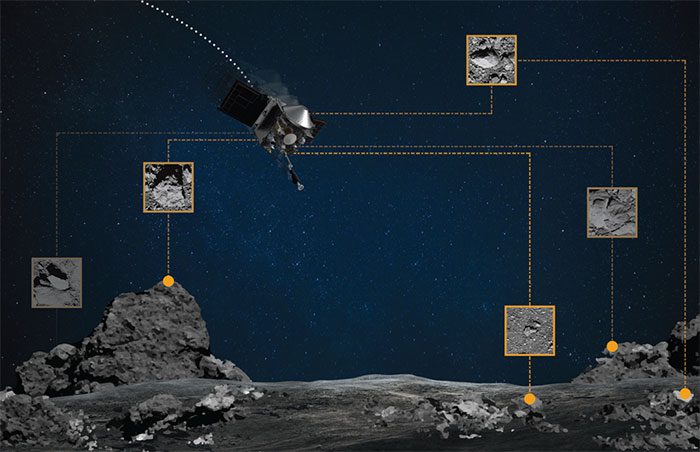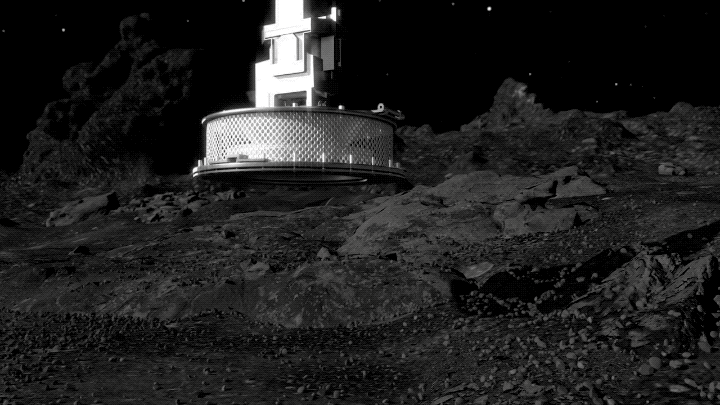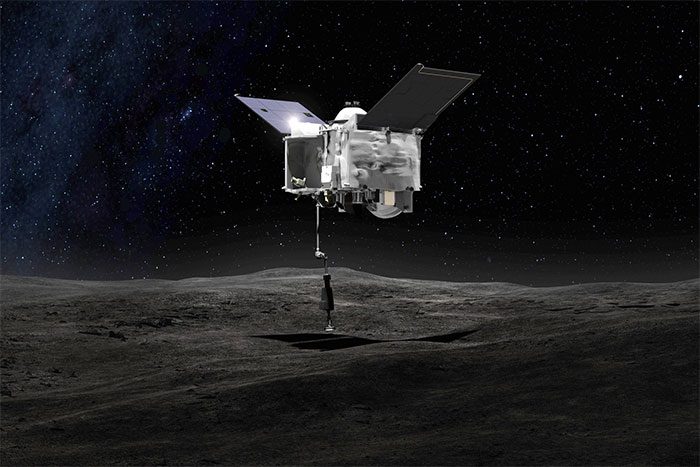The vast universe holds all of humanity’s imaginations about the unknown. Those with a strong thirst for knowledge will follow this curiosity and look towards the endless night, hoping to get closer to the truth about the origins of the universe amidst the unknown.
On September 25, NASA completed its first mission to collect asteroid samples in the United States. The capsule, containing hundreds of grams of material from the asteroid Bennu, traveled 1.9 billion km in space and finally “came home” at 10 AM on September 25, U.S. time.
After researchers successfully recovered it, the spacecraft capsule will be transported by helicopter to a temporary laboratory to disassemble its main components. Once disassembled, the asteroid material samples will undergo a process called “nitrogen purification” – nitrogen can effectively protect the samples from contamination by Earth materials.
Finally, the samples will be sent to the Johnson Space Center in Texas, where they will be officially analyzed by researchers.

Composed of a loose collection of rocks, resembling a pile of rubble, Bennu is only 500 meters wide, which is very small compared to the Chicxulub asteroid that struck Earth about 66 million years ago, causing the extinction of the dinosaurs. (Photo: Sci.news).
The mission to retrieve material from asteroid Bennu began 7 years ago
In 2016, the OSIRIS-REx mission was launched. The Atlas V rocket successfully launched the OSIRIS-REx spacecraft into space, officially starting its 7-year journey beyond the stars. After entering space, OSIRIS-REx would orbit the Sun for a year.
In 2017, OSIRIS-REx approached Earth, not to “come home,” but because it still had 6 years to complete its journey. The purpose of this approach was to use Earth’s gravity to change its trajectory in space and gain speed.
In 2018, with the support of the OSIRIS-REx engineering team, the OSIRIS-REx spacecraft successfully approached its “dream lover,” with the distance between OSIRIS-REx and asteroid Bennu reduced to just 20 km, a very small measurement – this distance meant that OSIRIS-REx had successfully approached and could touch Bennu at any time.

Asteroid Bennu is about 6.2 billion km from Earth. The sample was collected from this asteroid in 2020 and has been stored in the spacecraft’s container since then. (Photo: NASA)
At this point, the OSIRIS-REx mission could finally move on to the next phase, during which OSIRIS-REx would accompany asteroid Bennu for two years. Researchers used this time to map the surface of Bennu from images sent back by OSIRIS-REx to analyze the best locations for sampling. At the same time, they also conducted preliminary studies on Bennu to learn as much as possible about this asteroid.
Finally, in 2020, the OSIRIS-REx spacecraft landed on asteroid Bennu and successfully collected hundreds of grams of material from it, the sampling process was even a bit too successful – OSIRIS-REx collected so much material it could not seal it properly.
Based on the results, the sampling mission was deemed successful, and OSIRIS-REx officially started its journey back in 2021, successfully “sending” the samples home on September 25.

A team of scientists and technicians was on standby to retrieve the samples. The capsule and samples were flown directly to a “clean room” at the Utah test site for initial inspection. This is the largest sample ever collected from an asteroid and the third asteroid sample brought back to Earth for analysis, following two similar missions by the Japan Aerospace Exploration Agency in 2010 and 2020. (Photo: NASA).
Why did NASA spend so long studying asteroid Bennu and take 7 years just to search for “rocks” from it?
Asteroid Bennu was discovered by the Lincoln Near-Earth Asteroid Research Institute (LINEAR) on September 11, 1999. Its uniqueness does not lie in its approach to Earth every six years or its potential to collide with Earth in 2182. What is truly unique about it is its “age.”
Scientists are currently inferring the age of the Solar System by dating meteorites that have struck Earth. However, due to factors such as the erosion of materials on Earth, the information contained in meteorites can be damaged to varying degrees, with the oldest rocks found on Earth dating back about 4 billion years. In contrast, Bennu is 4.5 billion years old, 500 million years older than the oldest rocks on Earth.

Like other asteroids, Bennu is a remnant of the early Solar System. The chemical and mineral composition of Bennu has hardly changed since its formation about 4.5 billion years ago, making this asteroid a valuable source of clues about the origins and evolution of rocky planets like Earth. Bennu may even contain organic molecules similar to those necessary for the emergence of bacteria. (Photo: ZME)
Since Bennu has traveled through space, it has not been contaminated by any impurities. In straightforward terms, Bennu is a well-preserved “time capsule” from the early Solar System. Scientists hope to uncover the origins of life, the origins of Earth, and even the origins of the Solar System through the study of asteroid Bennu.
The journey of the OSIRIS-REx spacecraft will continue in the future. OSIRIS-REx has officially been renamed OSIRIS-APEX and will continue researching a new target – the asteroid Apophis, one of the most famous asteroids in the Solar System. OSIRIS-APEX is expected to encounter this asteroid in the coming years and conduct further scientific observations.




















































